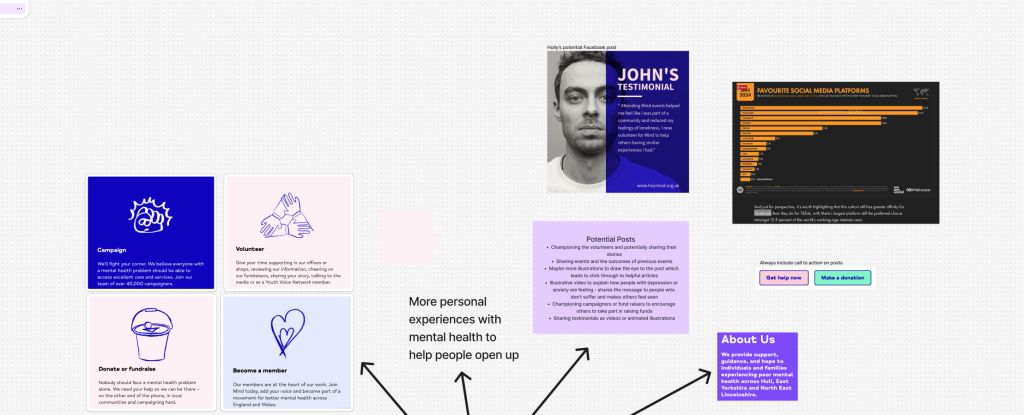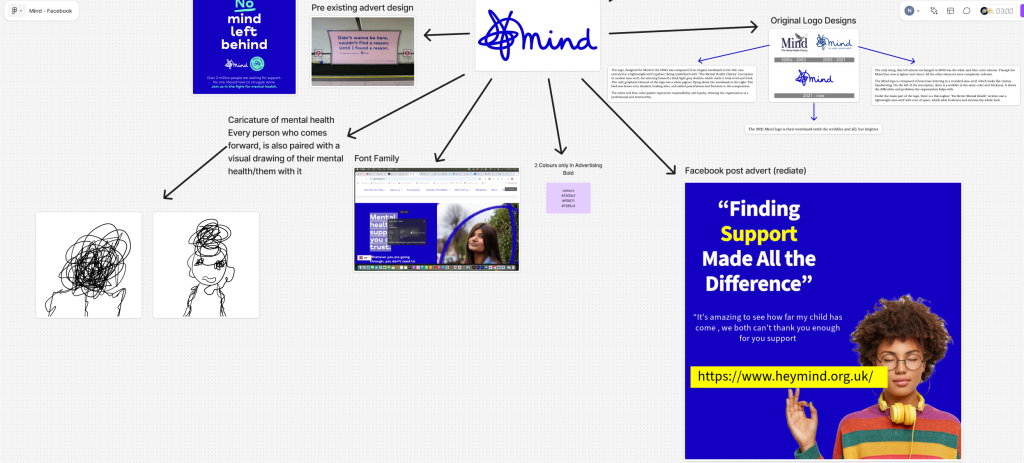During the course of a few weeks, I have participated in a variety of group activities and design approaches. This includes: Working on a fitness app, looking into WWF (World Wide Fund for Nature) and possible ways to improve upon the website. I have also focused on creating a post for a very local non profit organisation. All these tasks have involved collaborative efforts, teamwork, and partnering up with different students on my course.
In the first collaborative attempt for the fitness app, it was important that everyone participated. My role was acting as scribe and generating ideas (Plant). As a group, we came up with the idea to make an app that would lock people out until they had done the right amount of exercise. My contribution was a few logo designs for the app itself, along with some medal designs and gifs that would be used inside the app itself. This helped get me out of my comfort zone and pushed me to make things I wouldn’t usually create. This involved me having to consider other peoples ideas and then attempting to develop them. This meant a less ego centric approach to my work.
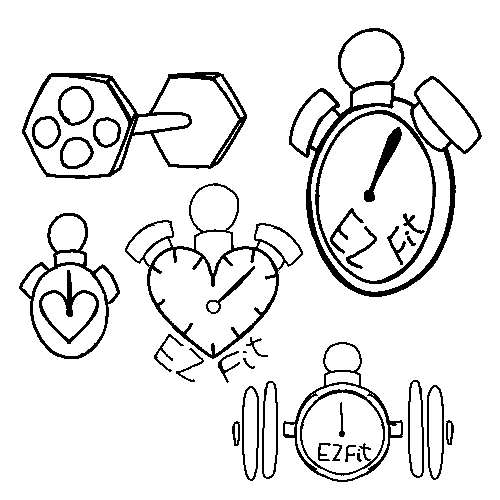
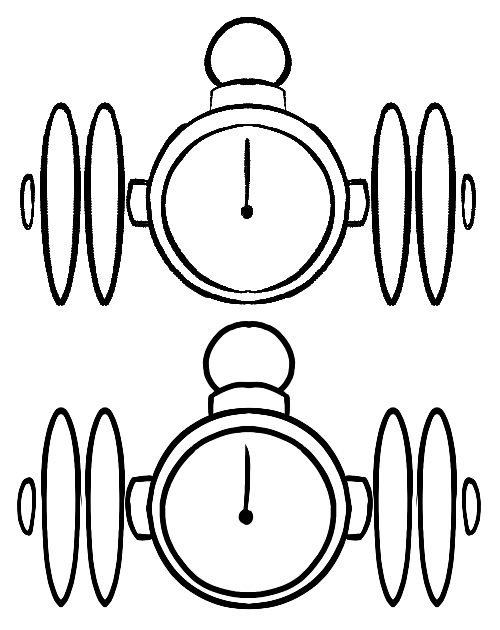
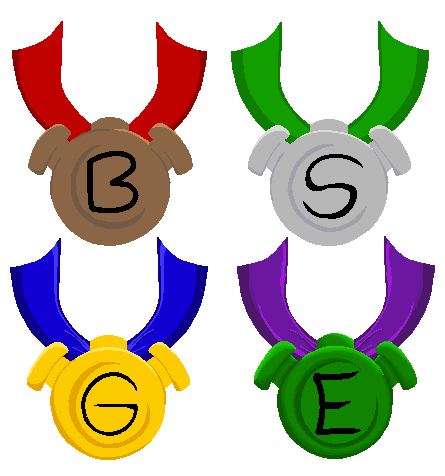
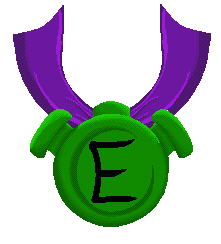
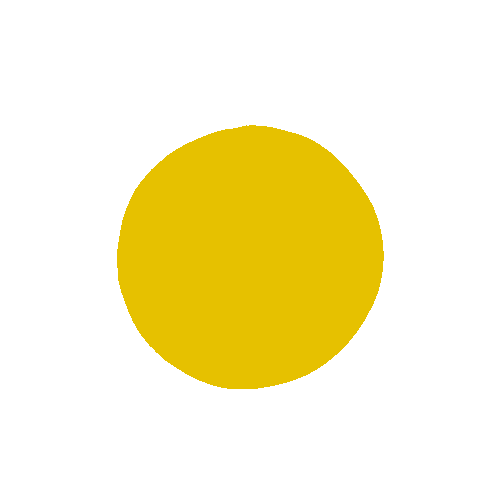
In the second collaborative effort, we looked into the WWF website to see if we were able to be improved upon it. This resulted in us discovering that WWF had multiple websites, all huge in size and with differing levels of complexity. My first impression was that there was confusion at the heart of their central message. Confusion can lead to messages being misunderstood. After researching other rival organizations, I discovered that there central messages where not confused by the web design, and was much easier to navigate. Personally, This helped develop a good group unit. Along with this, I learnt a new website which was a great way to group all the information we gained together. Overall, I would say this helped me when it comes to gathering information as a group unit.
Lastly, I worked with a group to try and make a post for an already existing non profit organisation, the one in question being Mind, a mental health charity. As a group, we all looked at the website and their social media accounts to try to grasp what their style was. Once we understood, we made a Figjam board to put all our ideas onto a mood board, before all then generating additional ideas. This taught me that being independent is not about solely working on your own, but it can be working within a group that is independent of any teacher of lecturer input or guidance. This taught me the creative power of teamwork.
